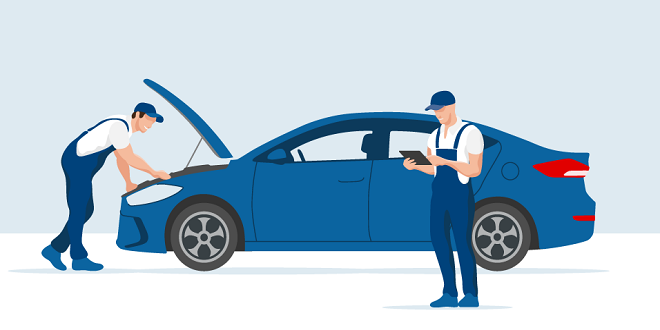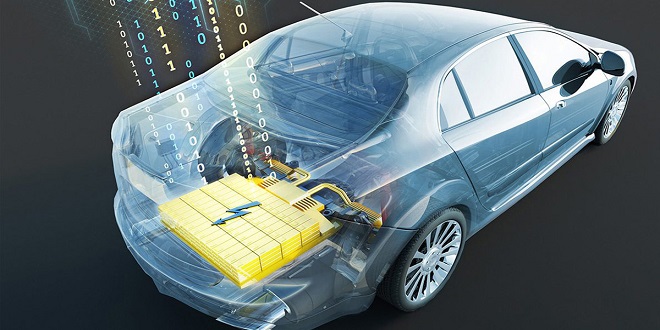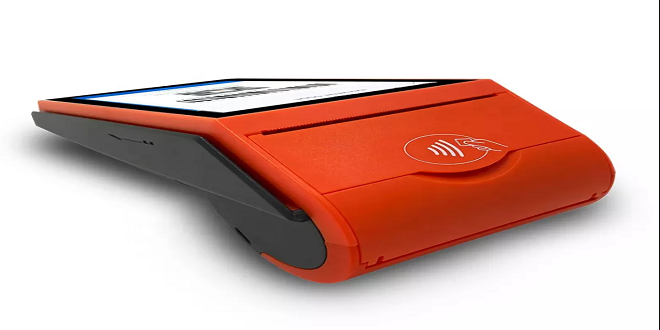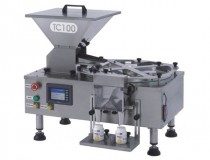Automobile Specifications and Maintenance Records

On the following pages, you’ll find a Specifications Record and a Maintenance Record that you can keep and update regularly for your vehicle. Make photocopies of the blank versions before you fill them in, however, so that you have them for several vehicles.
Take the Specifications Record to the store with you when you go to buy parts, and take the Maintenance Record to a service facility when you go in for maintenance and repairs to provide technicians with a history of the work done on your vehicle. These records are also valuable when it comes time to offer the vehicle for sale or trade-in.
Specifications Record
heel balancing: A procedure that ensures that the weight of a wheel and tire assembly is distributed evenly so that your vehicle moves smoothly at any speed, with no vibration in the steering wheel or other areas. Usually, the wheel and tire assembly is removed from the vehicle and placed on a balancing machine, which measures imbalance and indicates the points around.
wheel bearings: The inner and outer bearings found at each wheel that cushion the contact between the wheel and the spindle it sits on. They’re packed with grease to prevent wear from the friction produced by the turning wheels. See also bearings. wheel cylinder: On drum brake systems, a small cylinder, located at each wheel brake, uses brake fluid to exert hydraulic pressure, which forces the brake shoes against the brake drums and stops the vehicle. See also calipers.
zero-emission vehicles (ZEV): Vehicles that produce no emissions when running. Some state laws mandating the production of ZEVs, especially in California, have motivated carmakers to comply, mostly by accelerated research and development of electric vehicles (EV). See also partial zero emission vehicles (PZEV.
traction control system (TCS): A feature that senses when one wheel is spinning faster than the others and corrects it by automatically applying the brakes, cutting off power to that wheel, and/or reducing acceleration to improve traction and maintain stability. See also anti-lock braking system (ABS) and electronic stability control (ESC).
trailer-towing packages: Optional equipment that usually includes a heavy-duty suspension, a larger radiator, and a rear bumper with a trailer hitch and wiring for the tow vehicle’s lights. transaxle: A single unit combining the transmission and the differential. The transaxle connects directly to the driveshafts on the front-wheel drive or rear-engine vehicles.
transfer case: A unit mounted between the transmission and driveshaft of four-wheel-drive vehicles that controls the flow of power to the front and rear drive axles when you shift back and forth between two-wheel and four-wheel drive. transistor: A tiny electronic component with at least three connections but no moving parts that function as a switch or amplifier, by controlling the flow of current.
transmission: Typically an assembly of toothed gears that mesh in varying arrangements to enable your vehicle to move forward and backward with varying amounts of power to meet a variety of driving situations. Manual transmissions are operated by means of a clutch and gearshift. Automatic transmissions are driven by hydraulic pressure.
Last word
Continuously variable transmissions (CVT) are automatic transmissions that use pulleys instead of toothed gears. transmission controller: A computer found on electronic transmissions that control shifting by monitoring engine speed, load, and other factors. See also system management computers.





